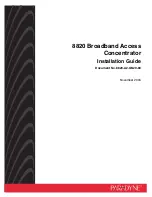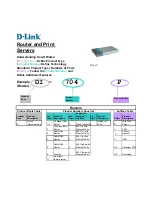
Technical basics
4.12 SNMP
SCALANCE W780/W740 to IEEE 802.11n Web Based Management
Configuration Manual, 08/2018, C79000-G8976-C267-13
69
4.12
SNMP
Introduction
With the aid of the Simple Network Management Protocol (SNMP), you monitor and control
network components from a central station, for example routers or switches. SNMP controls
the communication between the monitored devices and the monitoring station.
Tasks of SNMP:
●
Monitoring of network components
●
Remote control and remote parameter assignment of network components
●
Error detection and error notification
In versions v1 and v2c, SNMP has no security mechanisms. Each user in the network can
access data and also change parameter assignments using suitable software.
For the simple control of access rights without security aspects, community strings are used.
The community string is transferred along with the query. If the community string is correct,
the SNMP agent responds and sends the requested data. If the community string is not
correct, the SNMP agent discards the query. Define different community strings for read and
write permissions. The community strings are transferred in plain text.
Standard values of the community strings:
●
public
has only read permissions
●
private
has read and write permissions
Note
Because the SNMP community strings are used for access protection, do not use the
standard values "public" or "private". Change these values following the initial
commissioning.
Further simple protection mechanisms at the device level:
●
Allowed Host
The IP addresses of the monitoring systems are known to the monitored system.
●
Read Only
If you assign "Read Only" to a monitored device, monitoring stations can only read out
data but cannot modify it.
SNMP data packets are not encrypted and can easily be read by others.
The central station is also known as the management station. An SNMP agent is installed on
the devices to be monitored with which the management station exchanges data.
















































